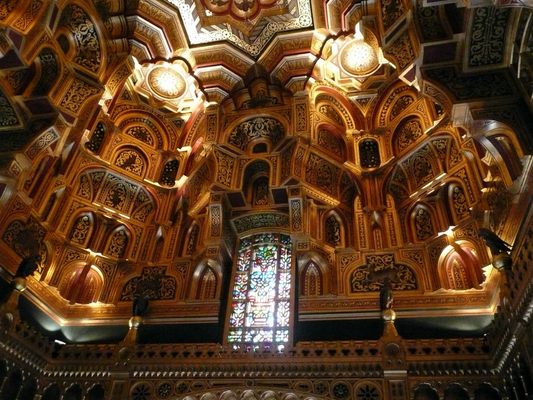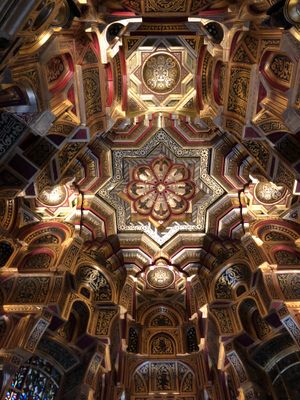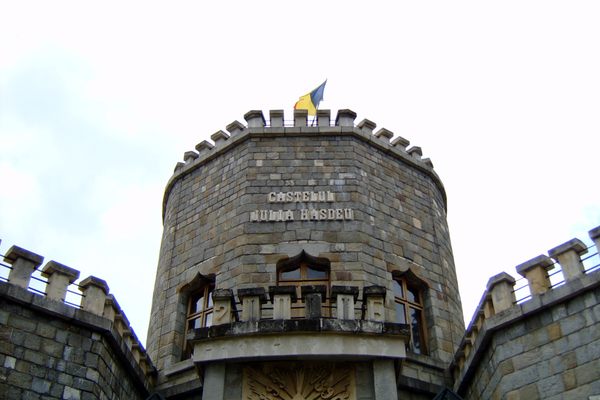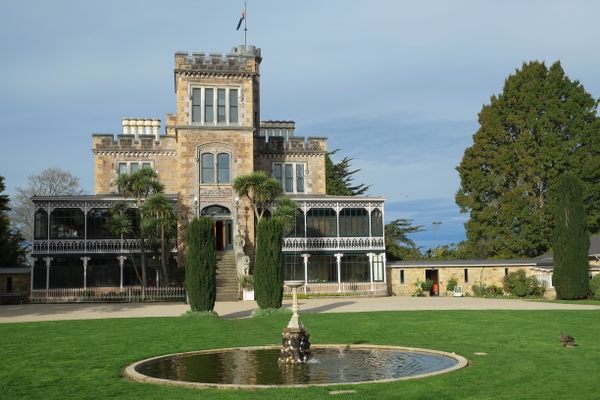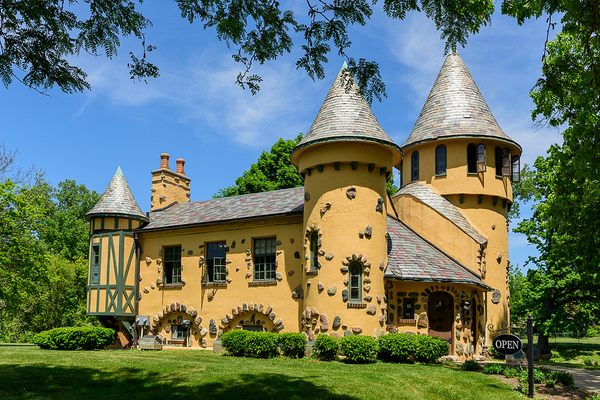About
The fantasy Moorish design of the Arab Room, reminiscent of pre-Raphaelite visions of harem rooms, was designed in the 1880s by architect and medieval revivalist William Burges for the castle’s Victorian-era owner, John Crichton-Stuart, the 3rd Marquess of Bute.
The architect was inspired by his extensive travels as well as the works of French Orientalist Emile Prisse d'Avennes, who published a popular collection of Arab designs in 1877. Described as “arguably the apogee of Burges's work as an interior designer,” the Arab Room is stunning even amongst the grand halls, gardens and wood-paneled library Burges created at Cardiff Castle.
In order to accommodate the Arab Room's elaborate high-vaulted ceiling, the upper two floors were removed. The ornate golden ceiling is not simply gold paint but is in fact pure gold-leaf painstakingly applied by hand. While the use of gold leaf is common-place throughout the opulent property, it is estimated that the gold in the Arab Room alone amounts to a whopping £8 million.
Cardiff Castle itself dates back to at least the 11th century at the site of a much earlier Roman Fort. Traces of the Roman wall can be seen as well as the Norman Shell Keep in the center. The residence and garden grounds of the castle were extensively overhauled under that patronage of the 3rd Marquess of Bute, who allowed Burges a perfect playground to exercise his passion for Gothic and medieval design, mingled with a romantic Victorian sensibility. Throughout the building eclectic architectural and cultural influences commingle under elaborate fantasy ceilings.
William Burges died in April 1881, before the Arab Room was completed. In memorial, Crichton-Stuart had the words, "John Marquess of Bute built this in 1881. William Burgess designed it" carved into the overmantel in Latin.
Related Tags
Know Before You Go
The Arab Room is located in Herbert Tower
Community Contributors
Added By
Published
December 17, 2012
Sources
- http://www.victorianweb.org/art/architecture/burges/10.html http://www.victorianweb.org/art/design/burges/johnson10.html
- http://www.victorianweb.org/art/design/burges/johnson10.html
- http://en.wikipedia.org/wiki/Cardiff_Castle
- http://en.wikipedia.org/wiki/William_Burges_%28architect%29 http://en.wikipedia.org/wiki/John_Crichton-Stuart,_3rd_Marques
- http://en.wikipedia.org/wiki/John_Crichton-Stuart,_3rd_Marquess_of_Bute
- http://www.taschen.com/pages/en/catalogue/classics/all/06751/facts.prisse_davennes_arab_art.htm

